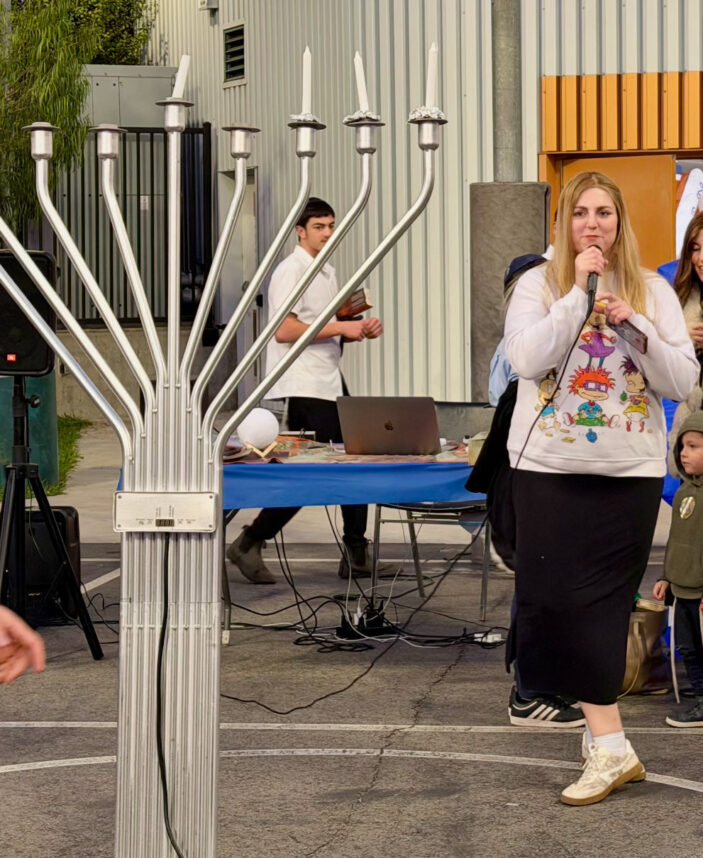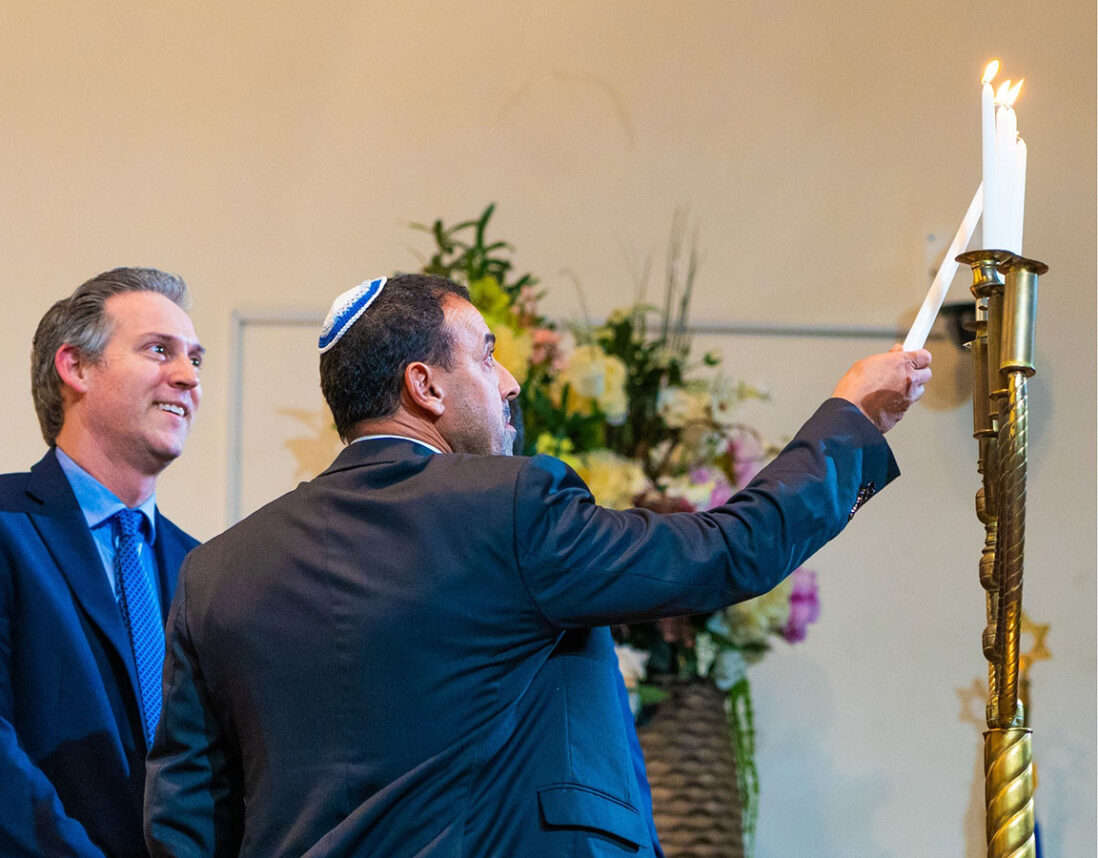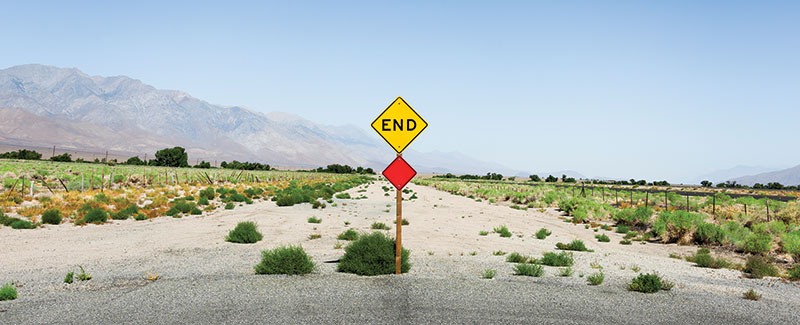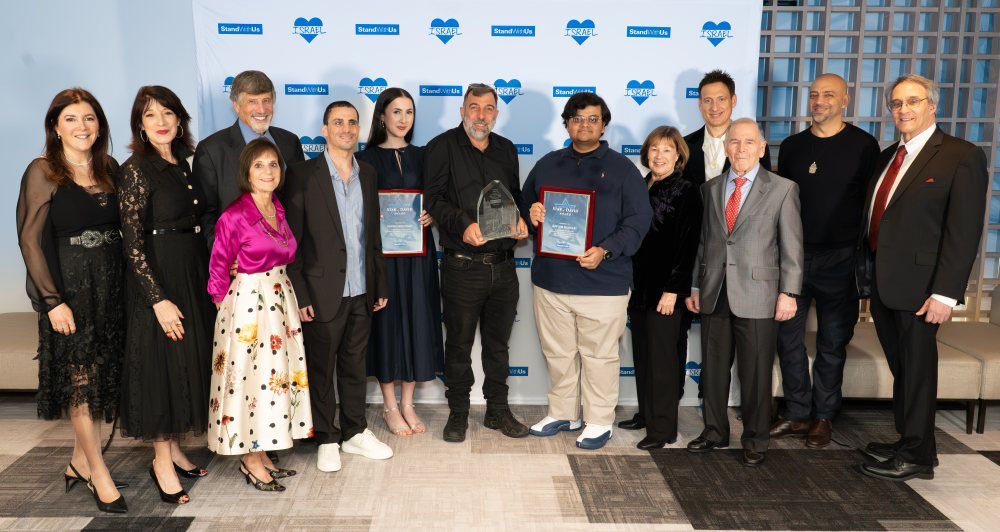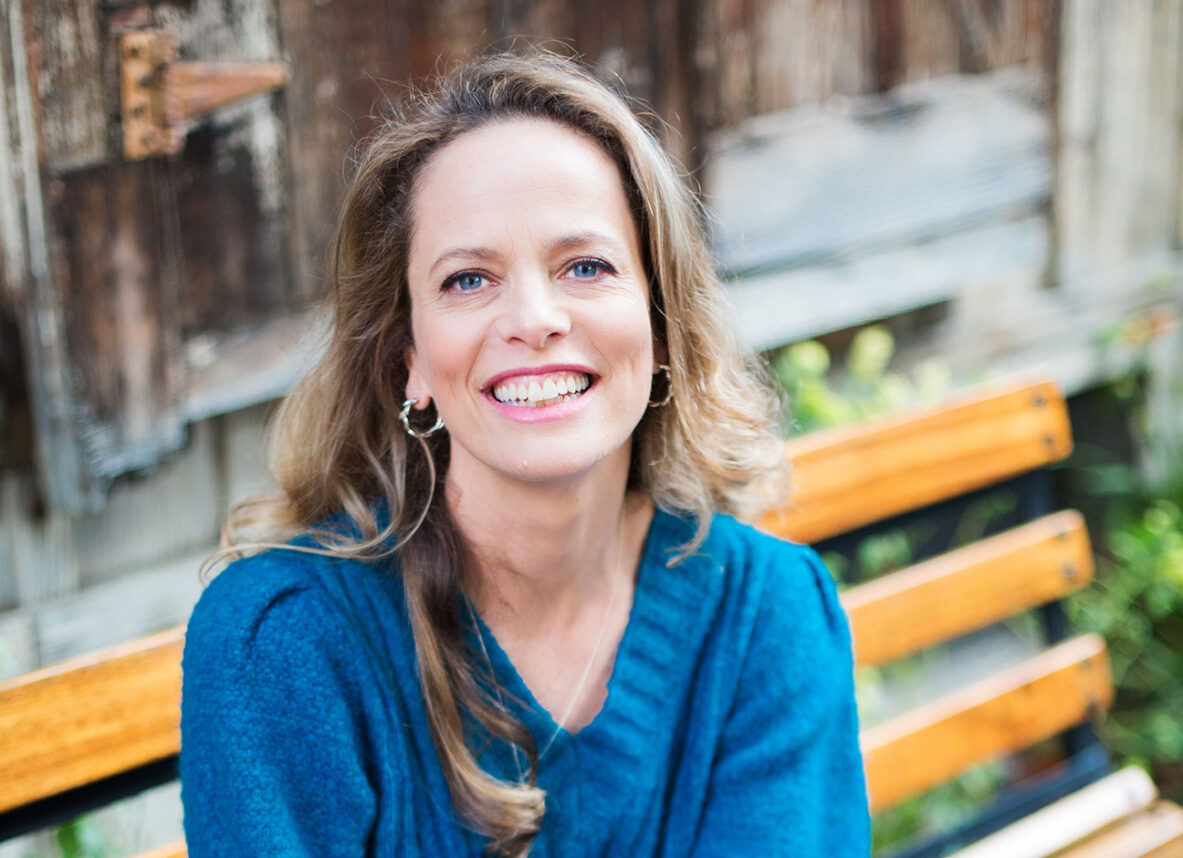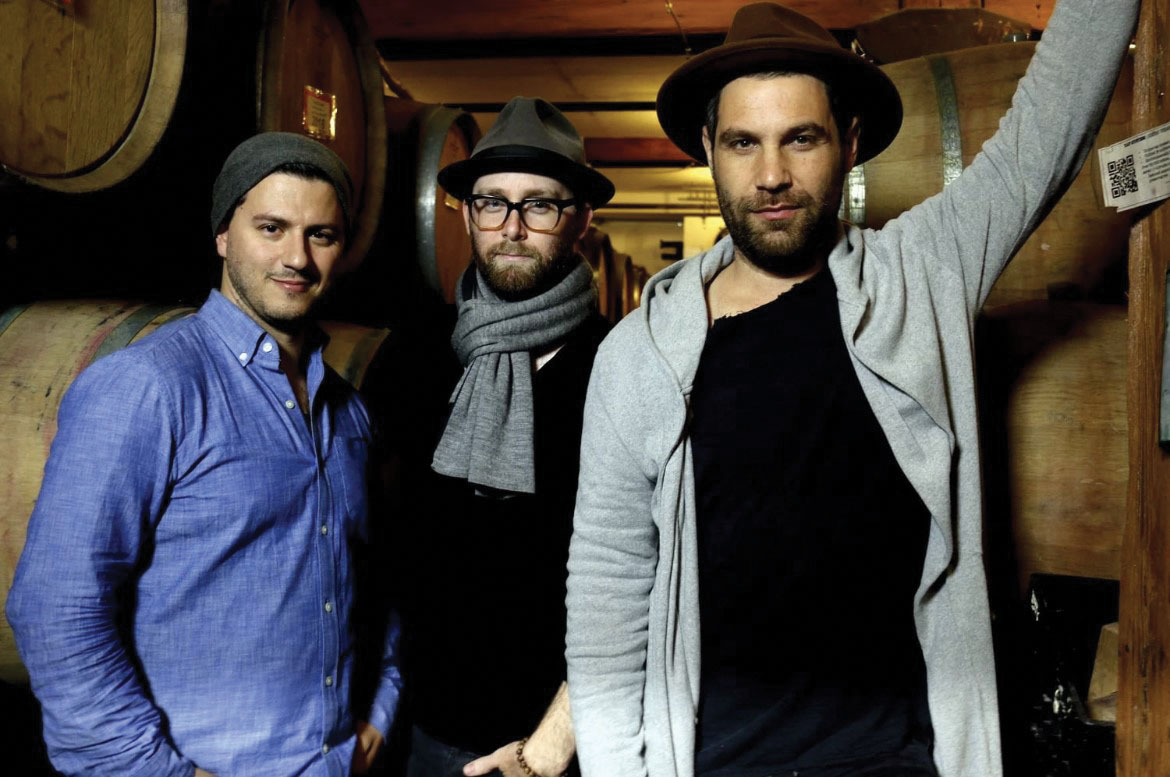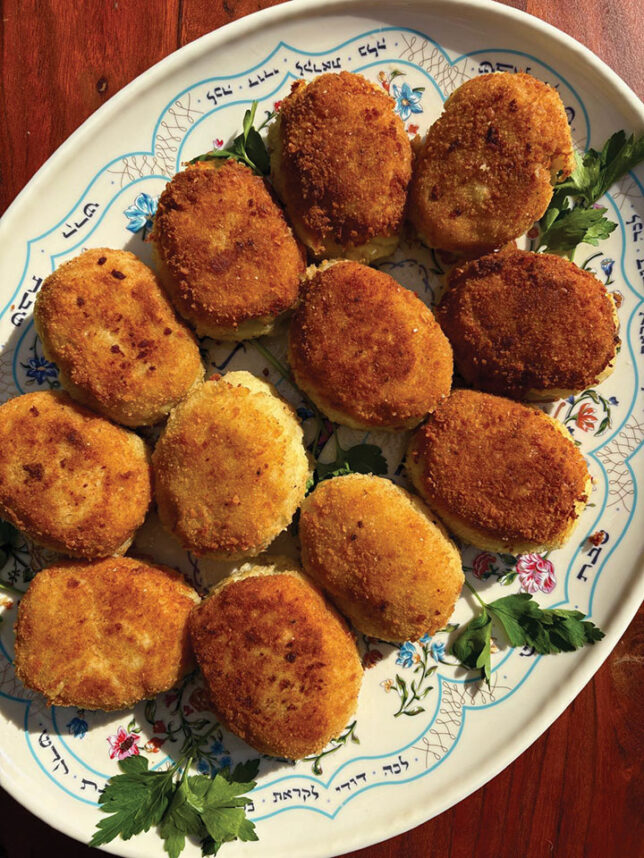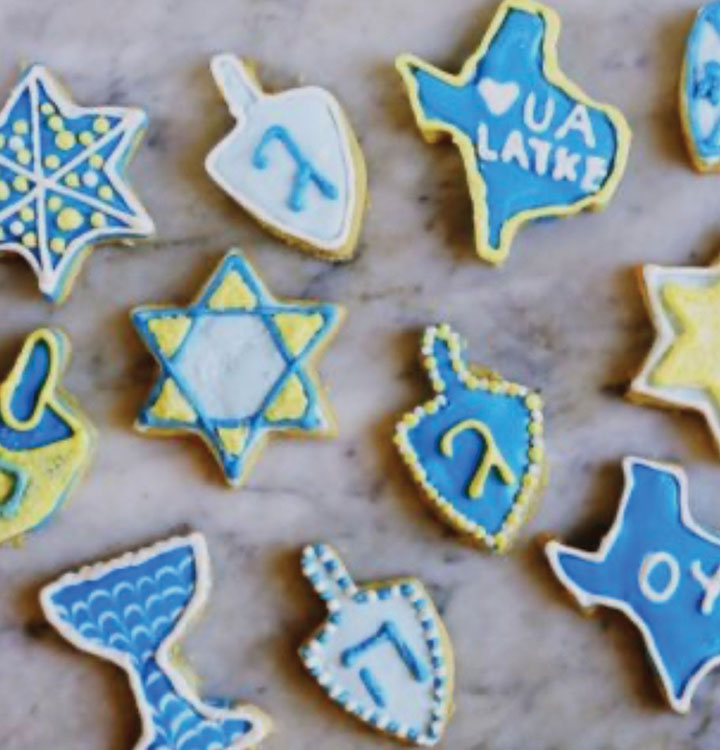The title, “Chocolate Chief,” on Haim Palgui’s business card from Strauss Group’s Elite Chocolate in Israel made me jealous.
I was meeting with him after tracking down a phone number for the Strauss Group, which merged with Elite in 1996, in hopes of finding out more about Elite Chocolate and to explore the chocolate shvil (trail) in Israel during my limited time while visiting the country.
I hadn’t thought it would be so easy. The receptionist, Tzila Gilbert, responded with hospitable, Israeli informality and even offered to gift me her personal copy of a history of the Elite company. The next morning, my husband, Mark Hurvitz, and I drove to the company headquarters in Petach Tikvah near Tel Aviv to find Gilbert at her receptionist desk with the large commemorative picture book for the 60th anniversary of Elite neatly tucked into a white envelope. She then encouraged us to enjoy a drink at the Elite café at the other end of the hall.
As I downed my hot chocolate with Mekupelet (bars of thinly folded milk chocolate produced in Israel since 1935 by Elite, similar to the Flake bar of Cadbury, developed in 1920), Gilbert contacted the director of the chocolate division, Hila Elad, and her assistant, who, in turn, referred us to Palgui, the chocolate chief technologist, in Nazareth.
We managed to squeeze a meeting with him between his international travel and our remaining few days in Israel. The rain flooding the steep streets of Nazareth could not deter us from reaching the pinnacle of Elite’s factory site. We walked into a fantasy come true, Palgui’s office perched over the chocolate production plant, bedecked with volumes of Talmud and crammed floor to ceiling with boxes of sweets. Haphazardly teetering Elite bittersweet bars vied with packets of popular Israeli candies Pesek Zman and Mekupelet, jars of chocolate chips and an alcohol-preserved cocoa pod.
“The Israeli customer likes more the Elite product. They are used to it, and it is more amami [for the people],” explained the affable Palgui, the factory’s secular-minded, mezuzah-kissing, Talmud-studying, shul-going chocolate expert.
He elaborated that foreign chocolates are of a “different class and more expensive.” Since its introduction in 1934, Elite’s Para line has cornered 80 percent of the market. Prime Minister David Ben-Gurion’s wife, Paula, entertained guests with Elite chocolate.
Elite’s pioneering line, Para (cow), originally known as Shamnonit (fat), is wrapped in distinctive red paper imprinted with a cow. Israelis fondly identify it simply as Para or Para Adumah (red cow), or Shokolada Para (chocolate cow). Elad had grown up on Para, having often lunched on a 50-gram slab of Para chocolate on a roll. Twenty to 30 years ago, all they had was Para, she recalled nostalgically.
While the Para line captivated the general Israeli population, Hayal/Hayelet capitalized on the then-essential culture of the military. A fondly remembered line, Hayal/Hayelet, a 50-gram milk chocolate bar, was sold to Israeli soldiers at subsidized prices at canteens. Because the great majority of the Israeli population served in the military, they would have experienced Elite this way, if not earlier in their lives. Chocolate-eating in the Israeli army provided immigrants from Morocco, Yemen and Ethiopia yet another means of engaging with Israeli society.
Mainstay Elite flavors actually started in the Diaspora in Riga, Latvia. Russian candy maker Eliyahu Fromenchenko fled to Latvia and founded Laima Chocolate in Riga in 1922. With the Nazi rise to power, he sold Laima in 1933 and immigrated to Palestine, having explored chocolate opportunities in Palestine the year before with his partner, Yaakov Arens. With several partners, Fromenchenko bought property in Ramat Gan, near Tel Aviv, and opened Elite. Production began in 1934 with distribution reaching stores in time for Passover.
Fromenchenko hawked new products on the streets — waffle cookies covered with chocolate and sesame encased in chocolate. Poet and songwriter Jonathan Geffen captured this pioneer Israeli chocolate scene in his lyrics, “At the edge of Ramat Gan, there’s a special place where you can stand and smell chocolate in the air.” As it grew, Elite located plants in then-outlying areas such as Safed and Nazareth in order to develop Israel’s economy.
Meanwhile, with the socialization and nationalization of the company under Soviet rule, in Riga, the Laima company was confiscated from the remaining Jewish owner and the chocolate recipes were altered. After the collapse of the Soviet Union, older folks in Riga, remembering the original taste of their beloved Laima chocolate, discovered that Elite had replicated it. Thus, a lot of Israel’s Elite chocolate is now exported to Riga.
Chocolate’s aliyah to Israel accompanied new immigrants such as Elite’s founding partners. Paralleling the growth of the state, chocolate mirrors a heritage of determination and adaptability. From Riga and back again, it transitioned from generation to generation into the Israeli palate and psyche and then back to the Diaspora.
Eating such chocolate makes all of us “Chocolate Chiefs.”










